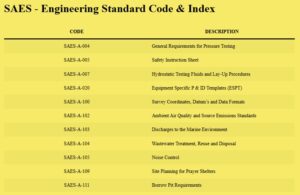Loop Diagram helps us to read the wiring connections from field instruments to system cabinet. Find the top 15 Loop Diagram Questions here.
Read: What are Loop DIagrams?
Examine this loop diagram, and answer the following questions:
Loop Diagram
Click on the image to zoom
Question 1:
What type of control loop is represented in this diagram? In other words, what is the process variable, and how is this process variable manipulated?
Question 2:
What is the calibrated range of the sensing instrument?
Question 3:
How are physical locations for wire connection points declared in this diagram?
Question 4:
Assuming the resistor inside the DCS input card is 250 ohms, calculate the amount of voltage between terminals 23 and 24 at a transmitter signal value of 50%.
Answer: At a 50% signal (12 mA in a 4-20 mA range), the voltage dropped between terminals 23 and 24 will be 21 volts.
Question 5:
Identify where wires are part of a larger, multi-conductor cable, and identify how those wires are distinguished from all the others in that cable.
Question 6:
Identify the convention used to label wire pairs for each field instrument. In other words, how can a person tell whether a certain wire pair is going out to the transmitter, the indicator, or the control valve?
Question 7:
Identify at least two different ways you could measure the transmitter’s signal without interrupting the 4-20 mA current signal to the flow controller.
Question 8:
Explain why interrupting the loop’s continuity is a bad thing if the control system is operating, controlling a live process.
Question 9:
What do the letters “FI” and “FO” stand for? Are these labels ISA-standard?
Question 10:
Is FT-733 self-powered or loop-powered? How can you tell?
Question 11:
Sketch arrows showing the direction of electric current in each wire (using conventional flow notation), identifying each component as being either a source or a load.
Question 12:
Identify all the effects of pair 4 within cable ISOM-18 failing open and failing shorted.
Question 13:
Identify all the effects of cable FI-733 failing open.
Question 14:
Identify all the effects of pair 5 within cable ISOM-18 failing open and failing shorted.
Question 15:
When we use loop diagrams for troubleshooting? Explain with some examples.
Click on the below button to launch the Quiz.
Answers available in the Quiz.









